Sainte-Anne-de-Bellevue’s resident municipal historian, Ryan Young, recently ushered 18 history buffs around town in a follow-up to May’s historical tour. Here’s what they saw:
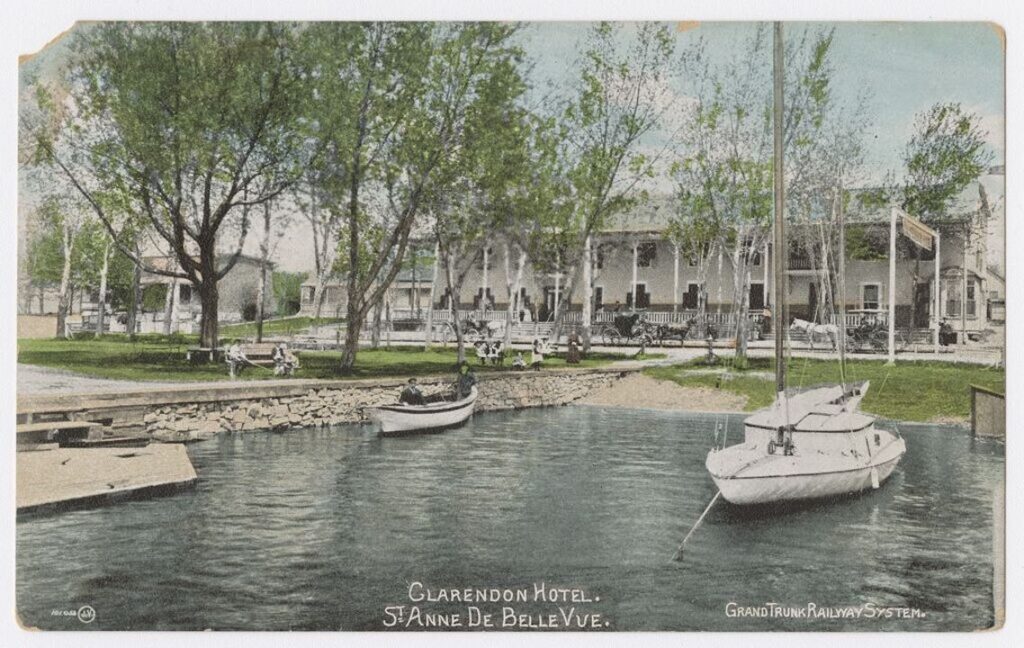
Sainte-Anne-de-Bellevue reveals her secrets to anyone willing to take the time to walk around and get to know her. She’s old, she’s beautiful, and she’s deeply loved by those who enjoy her acquaintance.
Ryan Young, a lifelong resident of the West Island town and a teacher at John Abbott College, is one of Sainte-Anne-de-Bellevue’s admirers, and he has become the city’s resident historian. As such, he’s been offering tours of his ’hood’s history for several years. After a pandemic hiatus, Mr. Young resumed the walking tours in May during the annual Jane Walk, an event that commemorates the work of the late Jane Jacobs, an urban activist and author of The Death and Life of Great American Cities. West Island Home & Life accompanied him on that tour. (Click here to read about the Jane Walk).
Recently, we joined 18 other history buffs for Mr. Young’s July walk. While many of the spots covered during the July walk were those viewed during the May event, there are a few spots that Mr. Young added in this latest walkabout. Here they are:
> The walk began at Parc Kelso, a modest green space on the shoreline near Maple Avenue, which is currently a popular spot used to launch kayaks and paddle boards. “This was a place of significance to indigenous peoples,” Mr. Young said. “They came here in their canoes to portage around the rapids.”
Mohawk (Kanien’kehá:ka) tribes often met here. “These were matriarchal societies,” he said. “Women were in charge and they chose the chiefs.” The Mohawk, he said, swayed the outcome of wars waged between the post-revolutionary U.S. and Canada, which was then British North America. “The Mohawk warriors sided with the British and were instrumental in winning battles against the Americans.”
> Not far from Parc Kelso, at 9 Sainte-Anne Street, stands the second oldest building in the city. Once owned by the Hudson’s Bay Company (around 1820), it currently houses five apartment units. The building was associated with another historic structure at 153 Sainte-Anne Street, built between 1790 and 1810 for fur trader Peter Grant, a partner in the North West Company. (Simon Fraser, another North West Company partner, bought the house in 1820, hence its name: the Simon Fraser House.)
Grant built the structure at 9 Sainte-Anne Street as a fur warehouse at the same time as he built his home at 153. The warehouse became the property of the Hudson’s Bay Company after it merged with the North West Company. And the structure had other vocations, including as a barracks for the Royal Canadian Mounted Police. When Sainte-Anne-de-Bellevue was a popular summer resort town in the late 19th century, the building was transformed into a hotel, with a tearoom and dance hall.
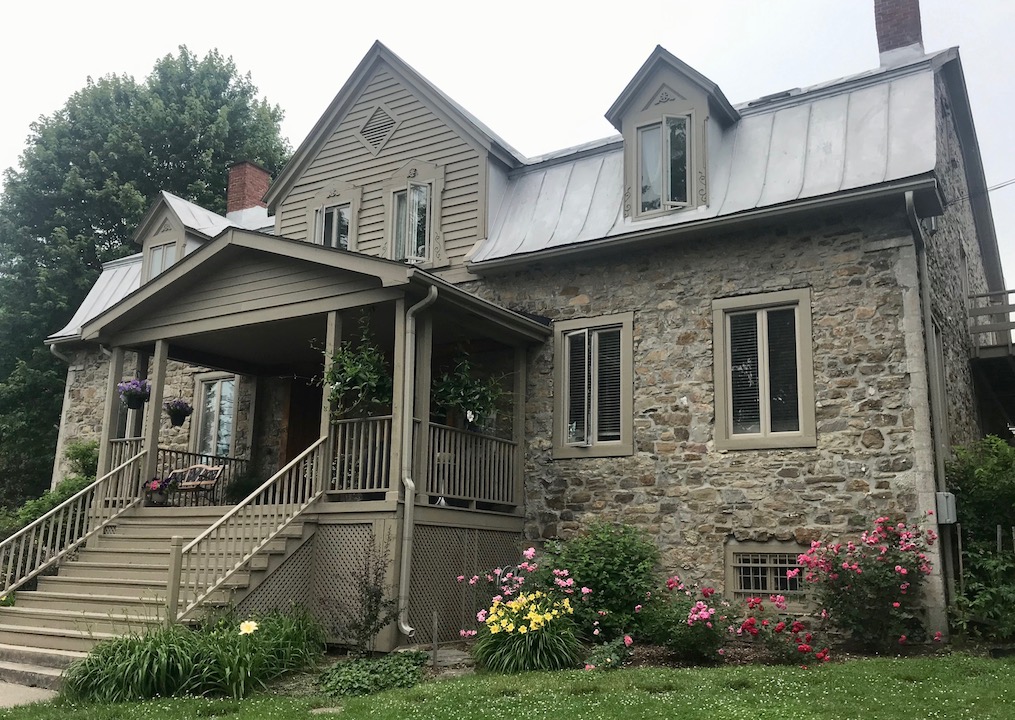
“When the building was a fur depot, it was one large room,” Mr. Young said. “There was no second floor. The reason the building is still standing is because it’s made of stone.”
Having a fur depot permitted the trading of beaver pelts before the trappers moved eastward to trade them in Lachine. “Merchants would be waiting in Lachine to get the pelts coming down river,” Mr. Young said. “Having a depot in Sainte-Anne meant that merchants here could get them before the traders in Lachine did. Beaver pelts were a type of currency. Ten pelts could buy a gun; one pelt could buy a brass teakettle. The coureurs de bois would wear the pelts throughout the fall and winter. The guard hairs would fall off and leave the felt down, which was prized for making hats in Europe.”
Historic documents show that in 1786 alone, some 116,000 beaver pelts and 500,000 other animal pelts were shipped to Europe from Montreal, he added.
> Another historic area of the town is Sainte-Marie Road, which intersects Sainte-Anne Street. “It began as a foot path made by indigenous people,” Mr. Young said. “It’s one of the first roads on the Montreal Island that extends from the shore to the middle of the island. City workers found wood sewers under the surface of the street when they dug it up to do construction work.”
> The clapboard house at 3 Lamarche St. was built in 1880. “I chose to show you this house because it’s cute and because it was built during the same year that O Canada was written and performed for the first time; it was for the Saint-Jean-Baptiste Day festivities,” he told the group. “In fact, O Canada was written in French, and the English words were introduced in 1906.” The stop at the charming house inspired the 18 attendees to sing a spontaneous rendition of Canada’s national anthem in French.
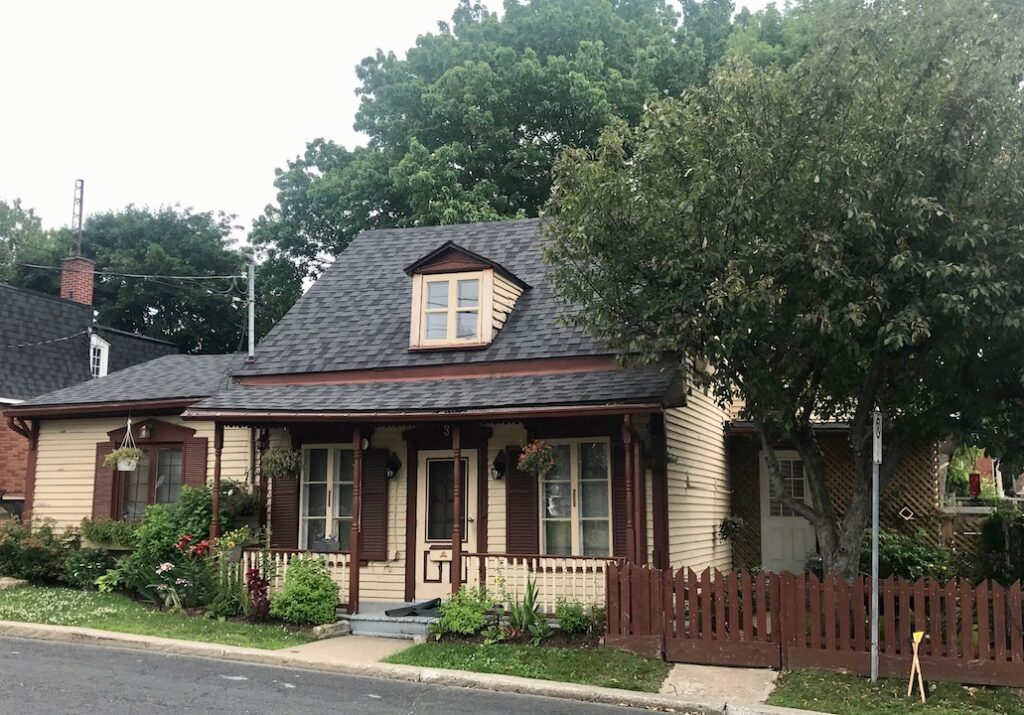
> The former Post Office at 49 Sainte-Anne Street is all but lost to the town’s heritage. What remains is the bones of the building, which once boasted an Art Deco façade. Some time in the 1960s, a post-war-style addition was grafted onto the front of the structure. It is being renovated as office space.
This lot was once the site of two hotels. The first was a two-storey structure called the Clarendon, which burned down. It was replaced some time around 1918 by the New Clarendon, a five-storey structure that also burned down, in 1925.
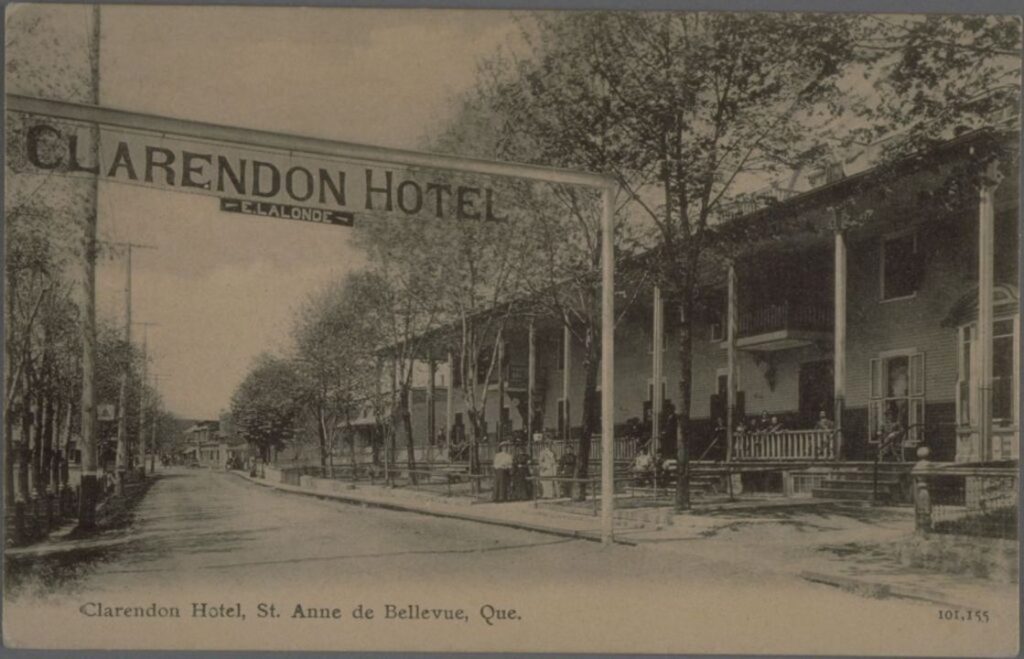
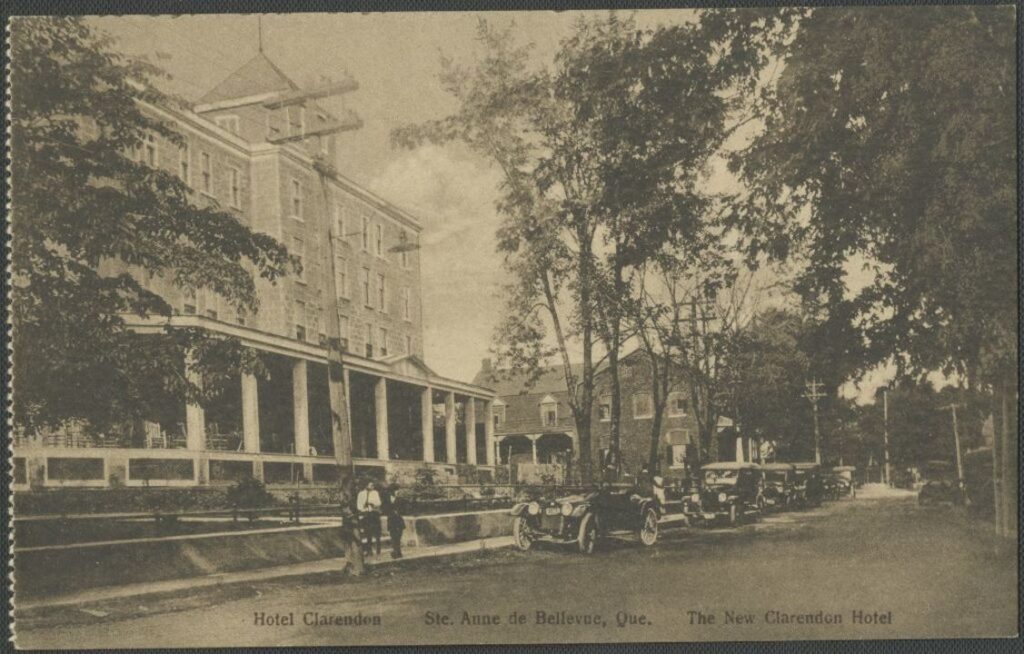
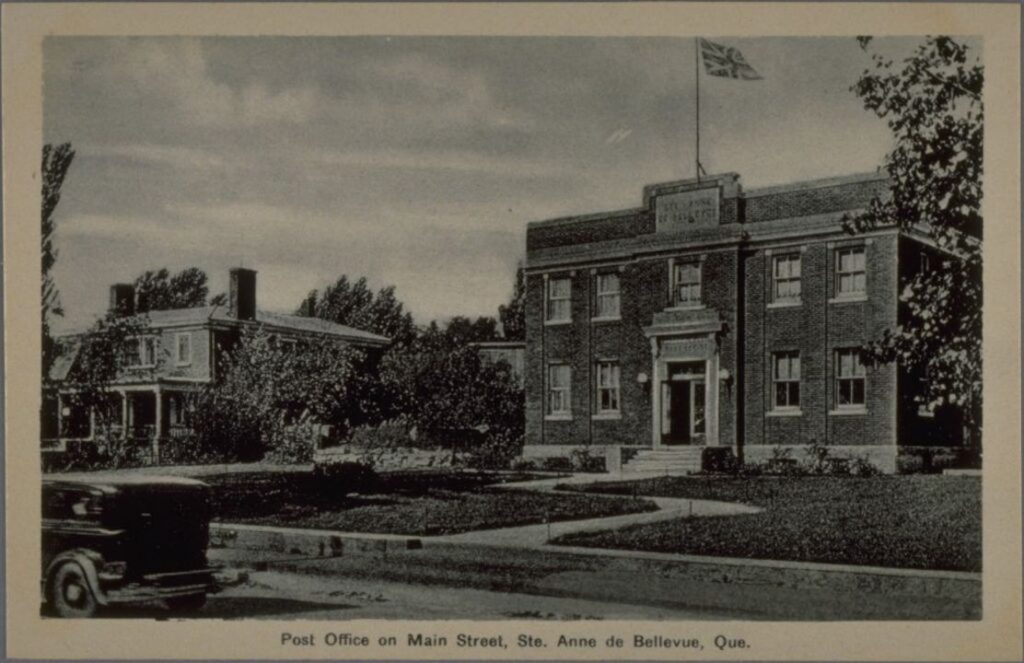
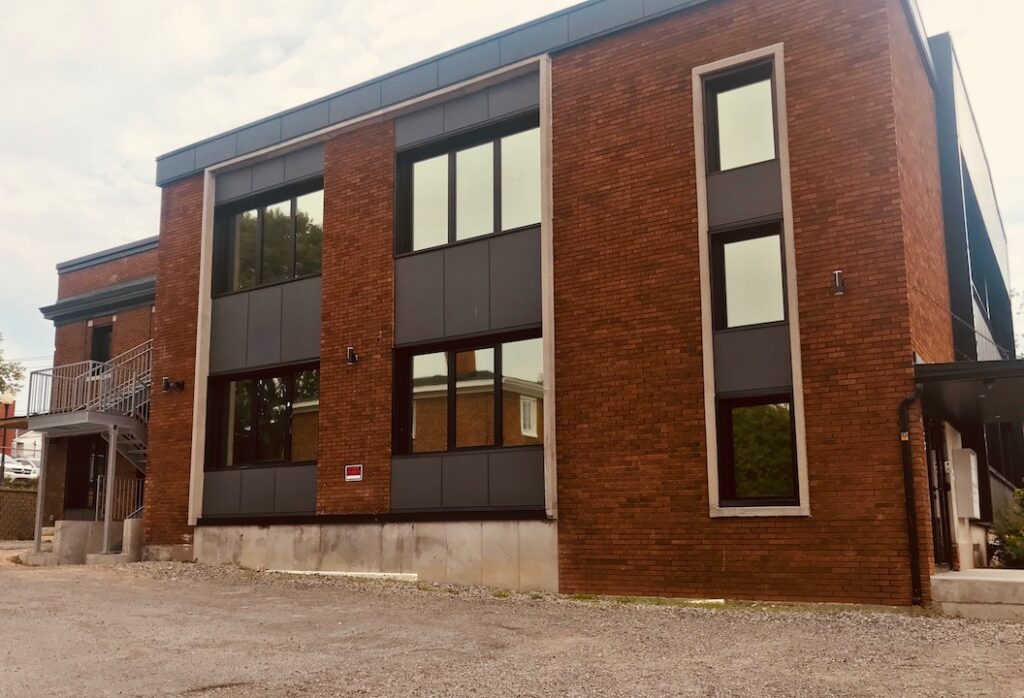
The Clarendon attracted summer vacationers, who travelled from Montreal by train. There was a beach across the street where women would bathe in their swimwear—which were voluminous dresses. “Sainte-Anne’s would have had regattas with sailboats and motorized wood boats,” Mr. Young said.
After the New Clarendon burned down in 1925, the post office took its place.
While most of the architectural remnants of the West Island’s period as a summer resort area are gone, Sainte-Anne-de-Bellevue retains something of a holiday vibe of the past every summer. For those who are fascinated by the past, there’s always a magical history tour to enjoy.








